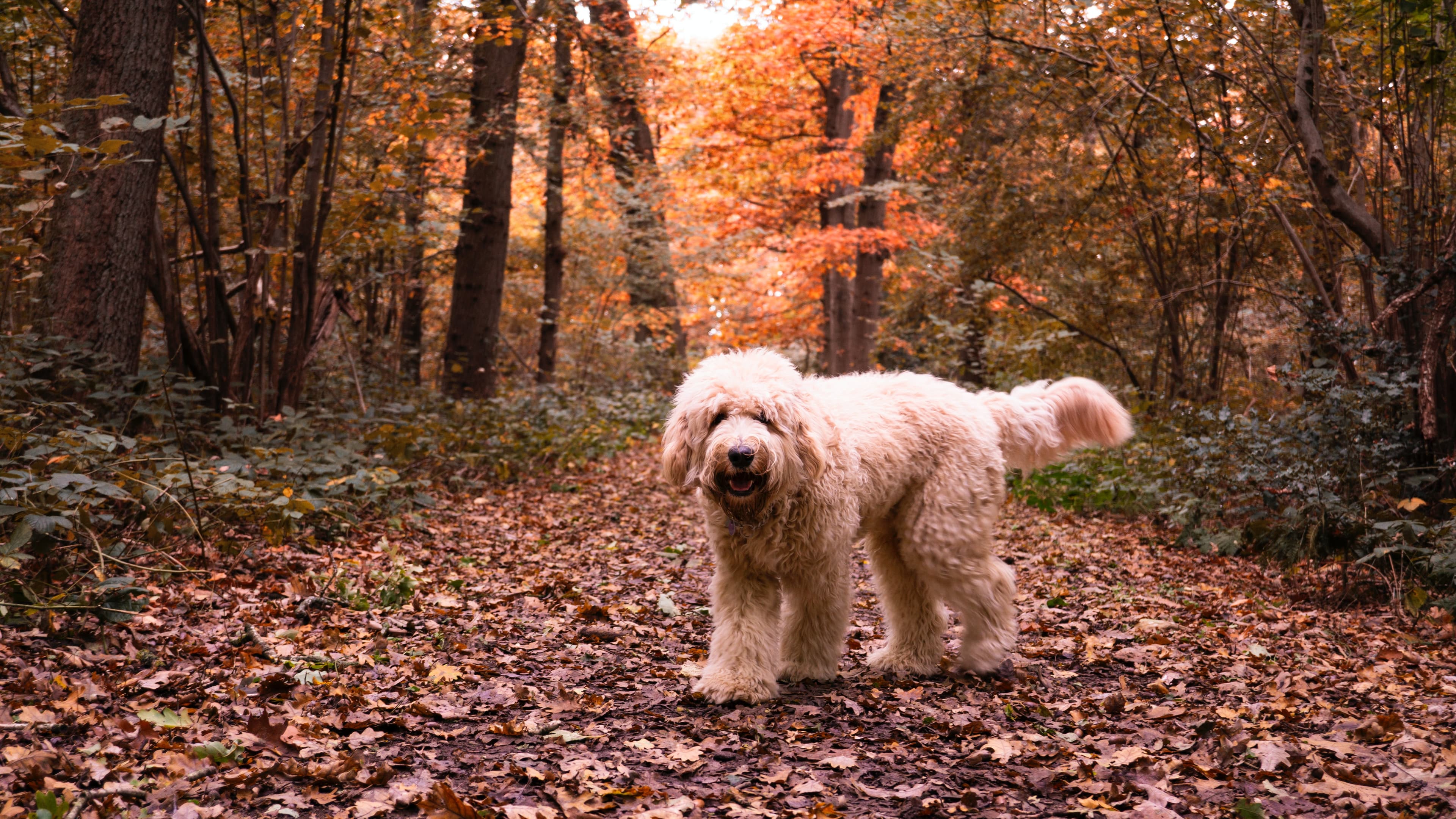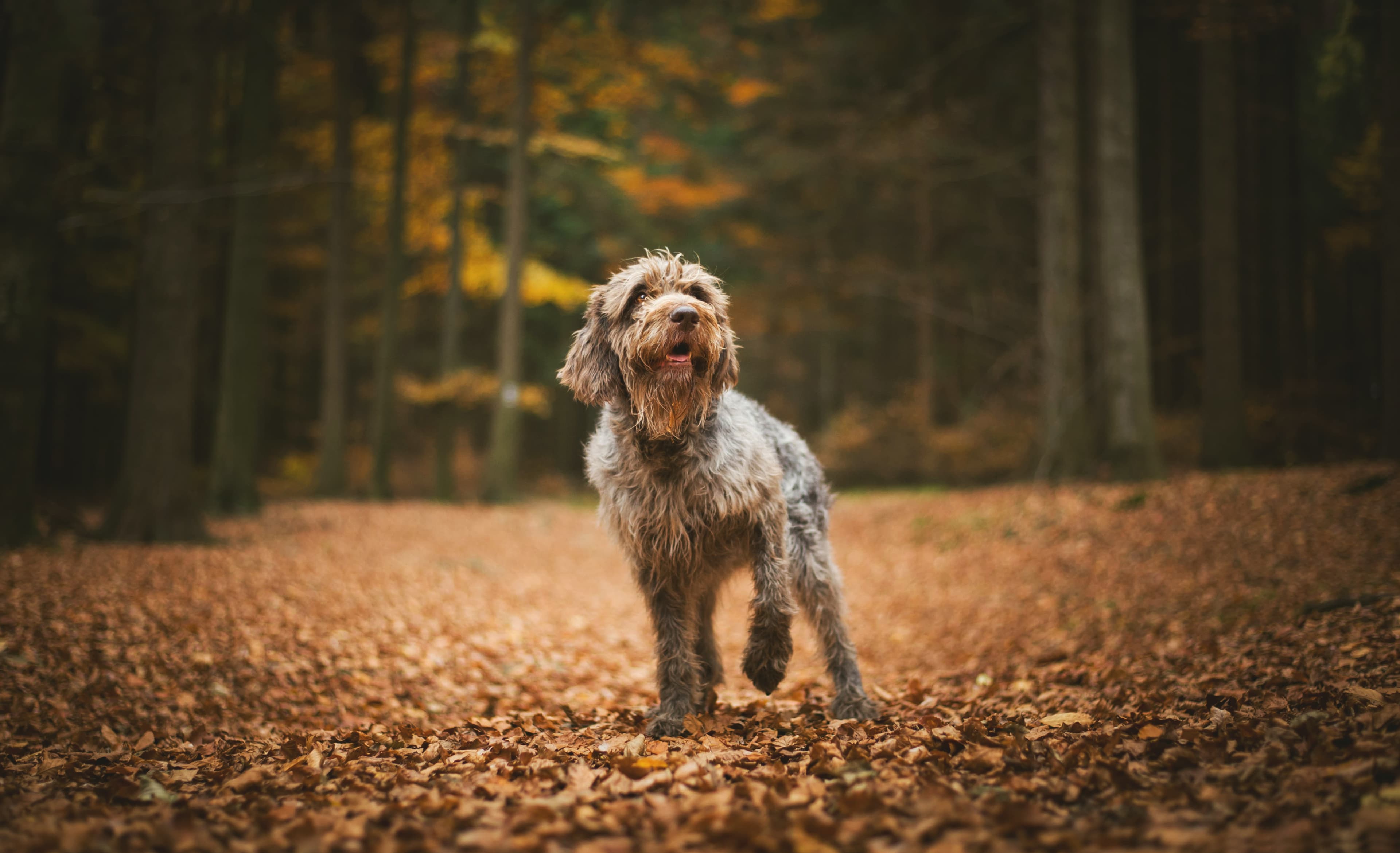How to train your dog to come on recall every time
How do I get my dog to choose me when the deer is tempted out in the field or something suddenly runs across the street? It's something we can practice on! What is important to mention is that recall training takes time and we will see the results over time. The recall cue will increase in value for your dog the further into the training you get and your relationship will get strengthened each day. Now we will look at the different parts of the training that give you a recall to trust.
The recall cue
It is important that your recall cue feels natural and not something you need to put an extra thought into when something suddenly appears on your walk. The word should come as a reflex, but it is very individual which word you choose. For many, the dog's name is something that reflexively slips out of the mouth when something happens and it is actually possible to use the dog's name as a recall cue. However, it is then advantageous to say the name in a different way, for example with a lighter tone, so that the word won't associated with anything else or destroyed in other parts of your everyday life.
Always reward
Recalls is a constant challenge and your training journey will never end. Therefore, it is important to always reward your dog. The reward can vary from play to treats or a pat.
Head twist
The first thing we need to have in a recall behavior is a head twist. The head twist will make your dog to look away from the deer, elk, human in the forest or the other dog and it is important not to expose the dog for to hard challenges in the beginning.
Exercise: Stand with your dog on leash and throw a treat in front of you on the grass. When your dog has taken the treat, recall him with your recall cue and reward. Develop this exercise to longer distances and with more and more challenges around you.
Balance game
Perhaps the most important thing in recall training is precisely the experience your dog has of succeeding and getting his reward. Keep in mind that there is a balance between getting many successful repetitions and not nagging your dog. Therefore, it is good to recall your dog a few times on the walk when nothing special is happening around. If you only recall your dog when something appears, it is very likely your dog associate the recall cue with something happening.
Checkin Cookies
In addition to training on the recall as a separate exercise, it is very beneficial to always reward your dog for eye contact it offers. Always bring treats with you and when your dog give you eye contact - reward.
What do I do when it goes wrong?
If your dog does not come when called, you are in a situation that is too difficult for your dog. Walk calmly up to your dog and put the leash on. Do not get angry or keep nagging - there is a risk that your dog learns not to listen at your first recall. Do you have a dog that can not be caught? Use a harness and longline to counteract that situation until you have had time to train more on the recall.






